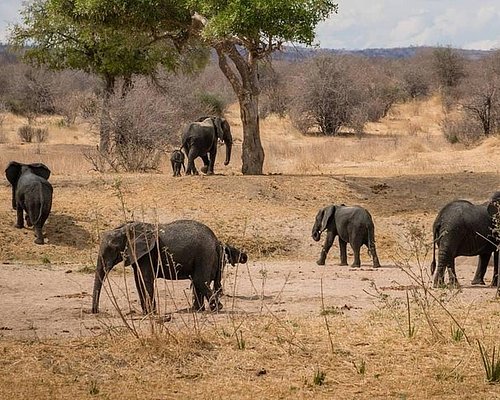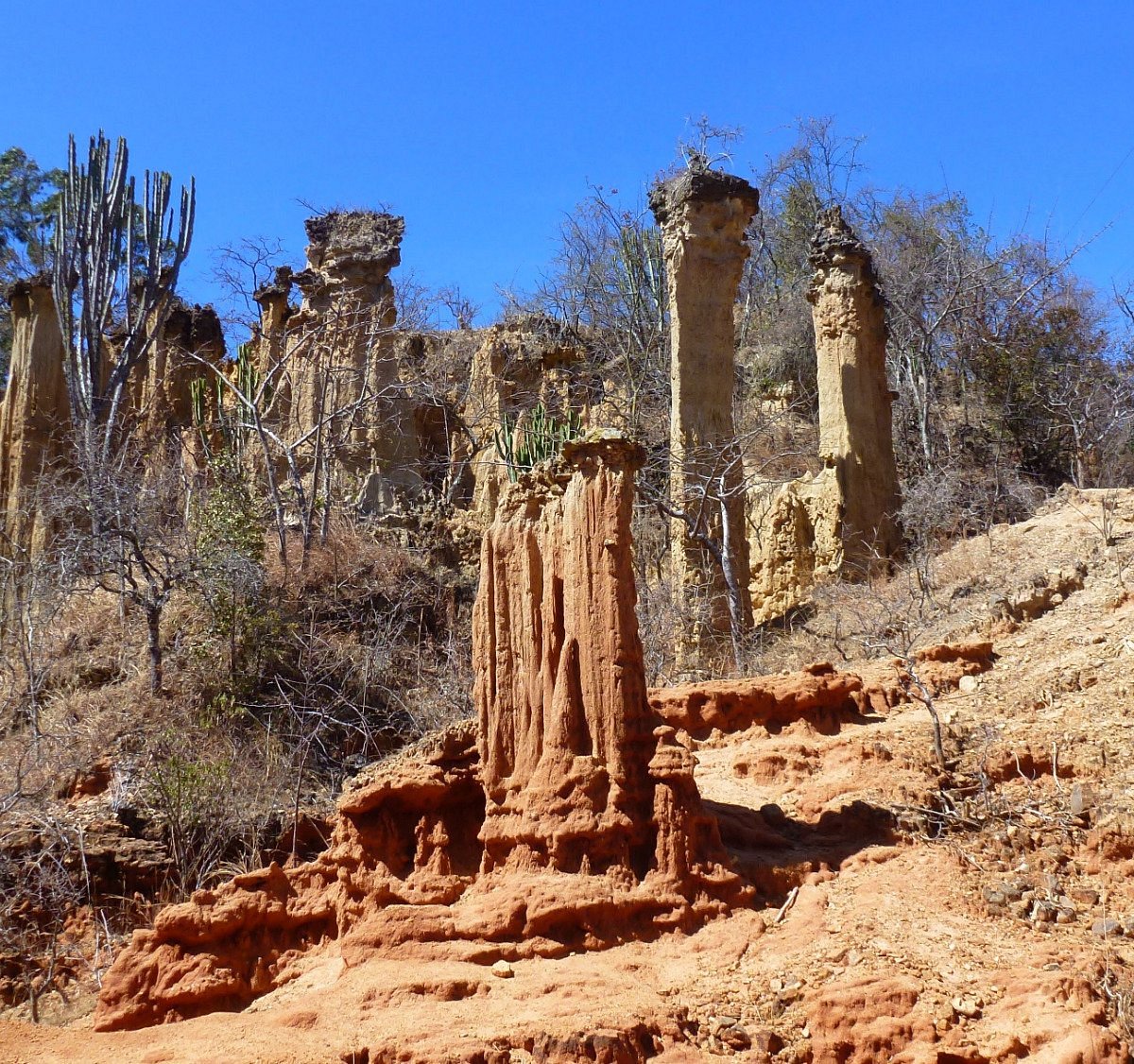Tanzania Safaris In The Iringa Region : The Iringa region in Tanzania is home to several tourism activities. Some of the popular activities and attractions in Iringa include: Ruaha National Park, Isimila Stone Age Site, and Gangilonga stone.

Also the region has several hiking and trekking trails, including the popular Sanje Waterfalls hike in the Uluguru Mountains.
Ruaha National Park
Ruaha National Park is one of Tanzania’s largest and most diverse national parks, covering an area of over 20,000 square kilometers. Located in the Iringa and Mbeya regions of Tanzania, the park is home to a vast array of wildlife and offers excellent safari experiences, Tanzania Safaris In The Iringa Region
Some of the highlights of Ruaha National Park include:
Wildlife: Ruaha is known for its diverse wildlife, including elephants, lions, leopards, cheetahs, giraffes, zebras, and more. The park is also home to several endemic species, such as the Ruaha red-billed hornbill and the Ruaha chat.
Bird watching: With over 570 species of birds recorded in the park, Ruaha is a paradise for birdwatchers. Visitors can spot birds such as the African fish eagle, bateleur eagle, and lilac-breasted roller.
Game Drives: Visitors can enjoy game drives in open-top vehicles with experienced guides. Game drives are an excellent way to explore the park and get up close to the wildlife.
Walking Safaris: Walking safaris are a unique way to experience the park and get a closer look at the flora and fauna. Walking safaris are led by experienced guides who are knowledgeable about the park’s wildlife and ecosystem.
Scenery: The Park’s landscape is stunning, with rolling hills, river valleys, and baobab trees dotting the landscape. The Great Ruaha River is the lifeline of the park and offers a picturesque backdrop for wildlife viewing.
Cultural Tours: Visitors can learn about the local culture and traditions by visiting nearby villages and interacting with the local people.
Overall, Ruaha National Park is a must-visit Tanzania safari destination for anyone interested in wildlife and nature. The park’s diverse wildlife, stunning scenery, and unique experiences make it a top safari place in Tanzania, Tanzania Safaris In The Iringa Region
Isimila Stone Age Site
Isimila Stone Age Site is an archaeological site located in the Iringa region of Tanzania. The Isimila Stone Age Site was discovered in the 1950s by Louis and Mary Leakey, famous archaeologists who made significant discoveries in East Africa. The site is estimated to be over 60,000 years old.
Isimila Stone Age Site is known for its impressive collection of stone tools. The tools were made by early humans using local rocks, and they were used for a variety of purposes, including hunting, cooking, and building.
The site is located in a rocky landscape that was formed over millions of years by geological forces. The rocks at the site are mostly sandstone, which is easy to work with and was used by early humans to make tools.
Isimila Stone Age Site has a museum that displays artifacts found at the site, including stone tools and fossils. The museum also provides information about the history of the site and the people who lived there.

Tourist Activities: Visitors to Isimila Stone Age Site can explore the area on foot, following a marked trail that leads through the site. Visitors can also visit the museum and learn about the site’s history and significance.
Importance: Isimila Stone Age Site is an important site for the study of early human history. The site provides valuable information about the development of human culture and technology over thousands of years.
Therefore, Isimila Stone Age Site is a fascinating tourist destination that offers a glimpse into the history of human civilization. Visitors can learn about the tools and techniques used by early humans and gain a greater understanding of our shared past, Tanzania Safaris In The Iringa Region
Gangilonga stone
The Gangilonga Stone is another historical and cultural landmark located in Iringa, Tanzania. The Gangilonga Stone is believed to have been in its current location for over 600 years.
The stone is a large, flat, rectangular boulder measuring approximately 3 meters by 4 meters. It is believed to have been a meeting place for chiefs and elders who would gather to discuss important matters such as disputes, alliances, and trade.
The name Gangilonga is said to be derived from the Kinyakyusa language, and means “the stone that walks”. The stone is considered sacred by the local Hehe people and is believed to possess spiritual powers. According to legend, the stone is said to have moved from its original location to its current position on its own.
The Gangilonga Stone was designated as a national monument by the Tanzanian government in 1938. It is a popular tourist attraction, with visitors coming to see the stone and learn about its history and cultural significance. The surrounding area also includes a museum, a craft market, and other cultural sites.
The Gangilonga Stone is an important symbol of the rich cultural heritage of Iringa and the surrounding region.


